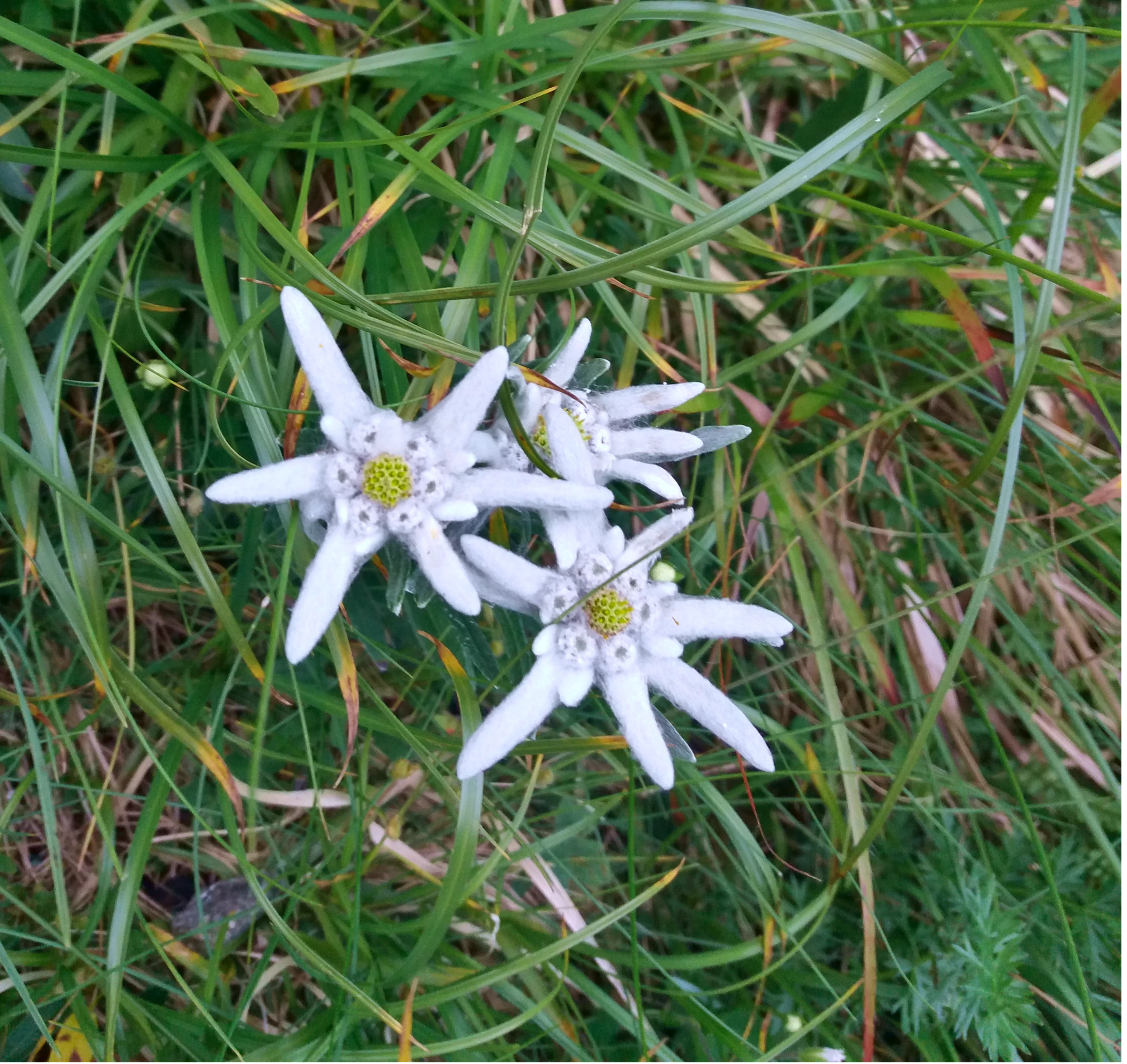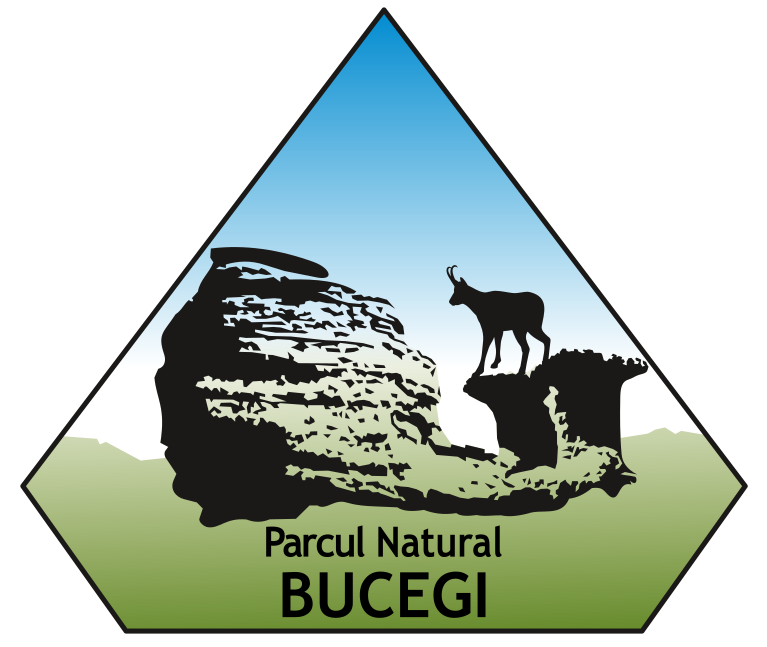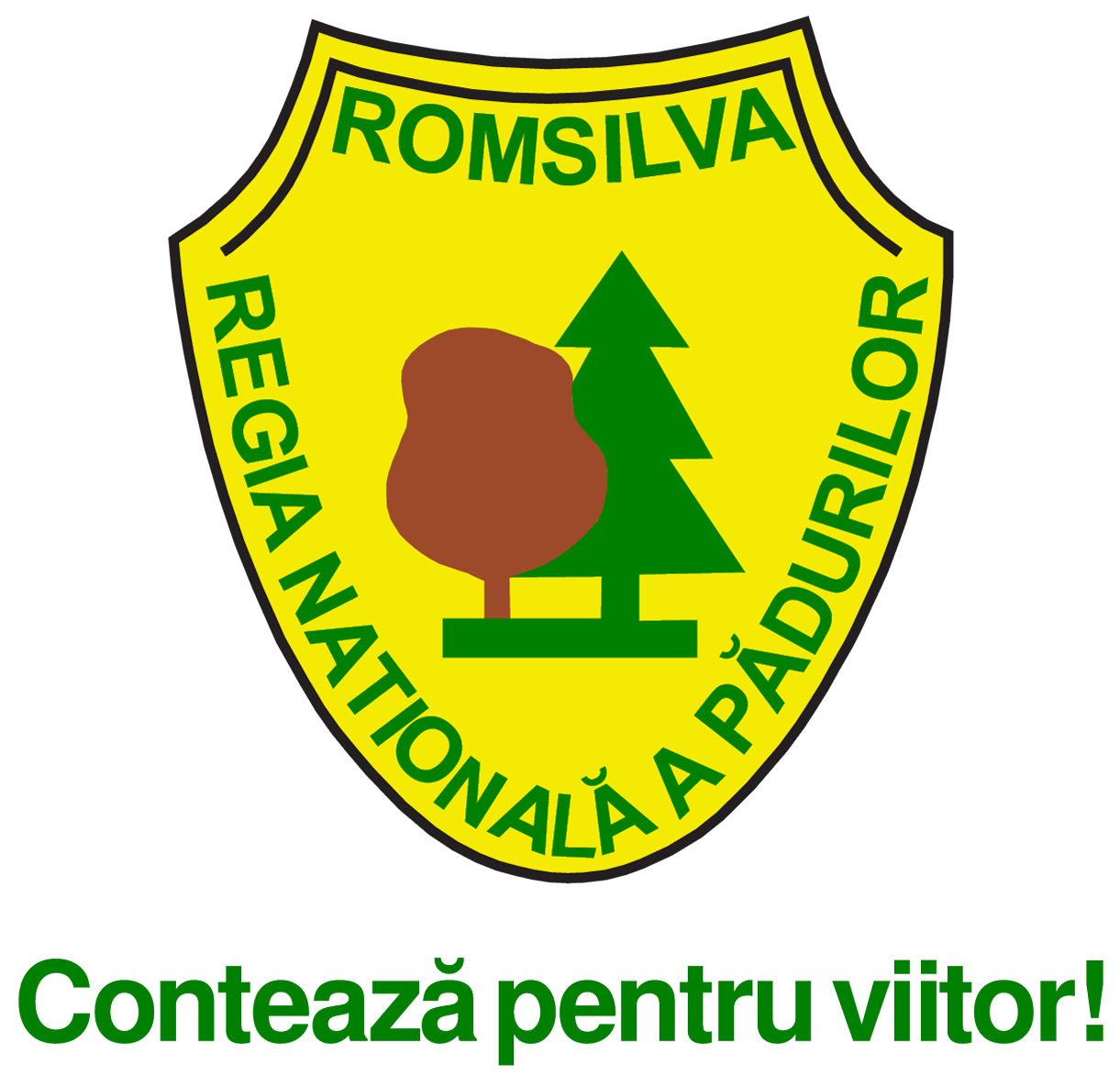
Edelweiss
Conservation status
Least Concern
Native habitat
Alpine regions above 1,500 m in Europe
Height
20 cm
Flowering
June - September
Life span
Annual

Description
Leontopodium nivale, commonly called edelweiss, is a mountain flower belonging to the daisy or sunflower family Asteraceae. The plant prefers rocky limestone places at about 1,800–3,000 metres altitude. It is non-toxic and has been used in traditional medicine as a remedy against abdominal and respiratory diseases. Its leaves and flowers are covered with dense hairs, which appear to protect the plant from cold, aridity, and ultraviolet radiation. It is a scarce, short-lived flower found in remote mountain areas and has been used as a symbol for alpinism, for rugged beauty and purity associated with the Alps and Carpathians. It is a national symbol, especially of Romania, Austria, Slovenia, Switzerland, and Italy. According to folk tradition, giving this flower to a loved one is a promise of dedication. It is a considered a Nature's Monument and strictly protected by law in Romania. Flowering stalks of edelweiss can grow to a size of 3–20 centimetres in the wild. Each bloom consists of five to six small yellow clustered spikelet-florets (5 mm) surrounded by fuzzy white "petals" (technically, bracts) in a double-star formation. The flowers bloom between June and September.

